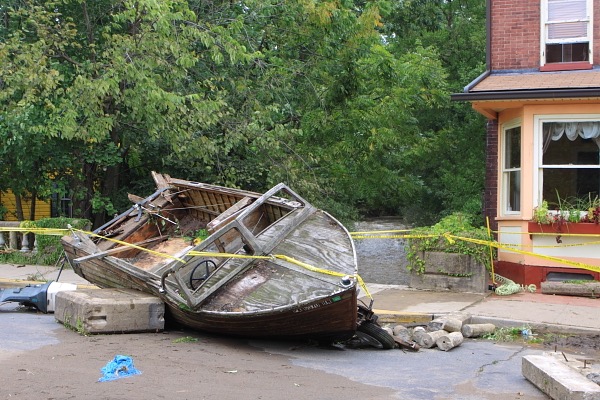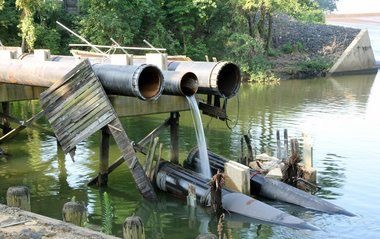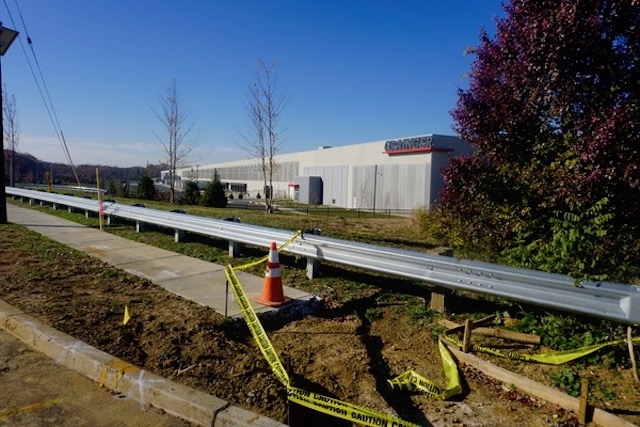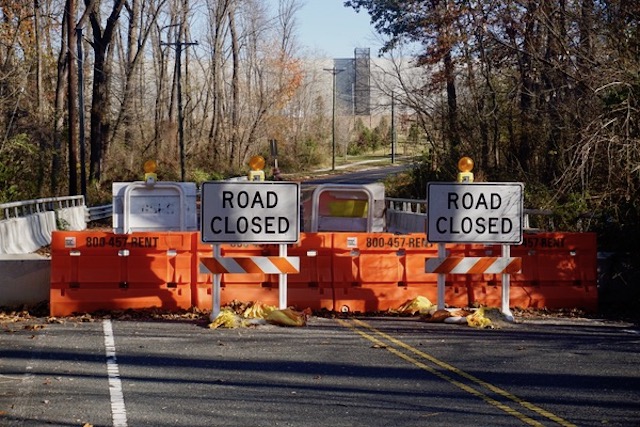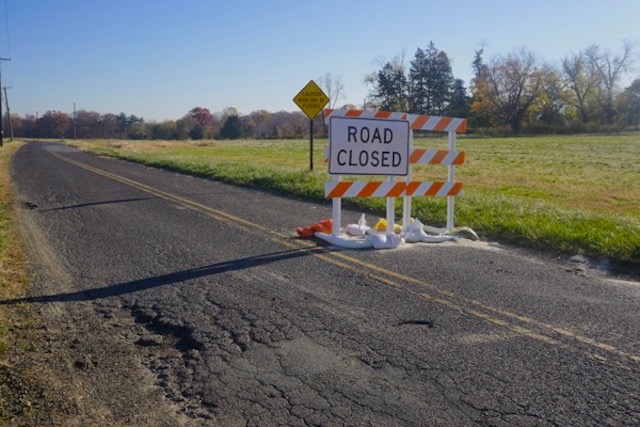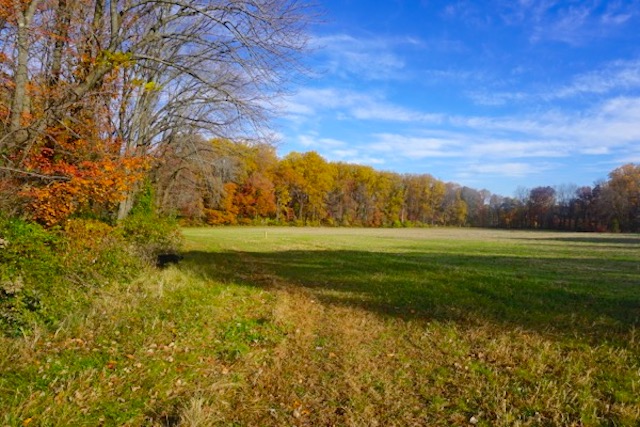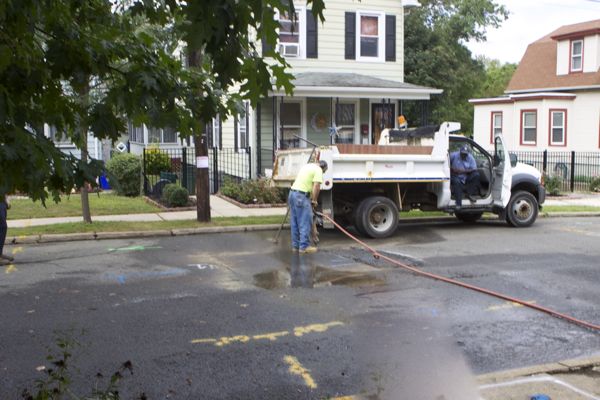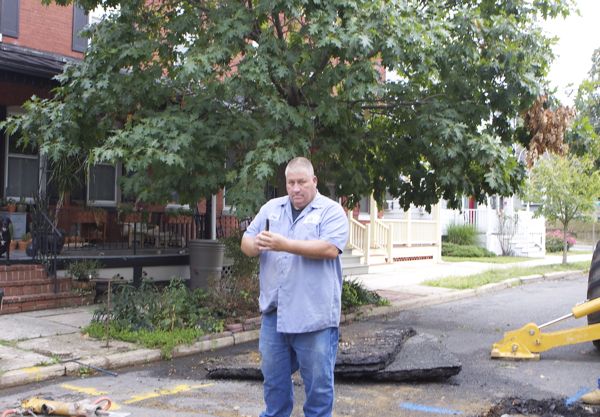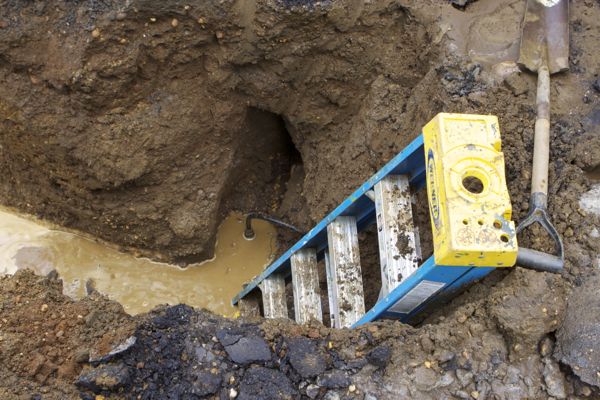The Appellate Court Upheld the Integrity of the CMP and Powers of the Commission
The Courts stopped a rogue Governor and his Executive Director
Now the Commission Must Step Up and Enforce Its Own Plan
Today we try to stay out of the weeds and get back to basics, in light of the reignited debate which turns on whether two proposed gas pipelines are “consistent” with the Pinelands Comprehensive Management Plan (CMP).
The forest standards of the CMP prohibit construction of infrastructure in forests, with a very narrow and limited exception, as the recent Appellate Division found: (emphasis mine).
Public service infrastructure is, however, only permitted in the Forest Areas if “intended to primarily serve only the needs of the Pinelands.” N.J.A.C. 7:50-5.23(b)(12)
Here is the full text of the applicable standard in the CMP, which suggests broader and specific objectives of the CMP’s restrictions on infrastructure in forests: part of NJAC 7:50-5.23 – Minimum standards governing the distribution and intensity of development and land use in Forest Areas
[1 – 11]
12. Public service infrastructure intended to primarily serve [only] the needs of the Pinelands. Centralized waste water treatment and collection facilities shall be permitted to service the Forest Area only in accordance with N.J.A.C. 7:50-6.84(a)2. Communications cables not primarily intended to serve the needs of the Forest Area may be permitted provided that they are installed within existing developed rights of way and are installed underground or are attached to road bridges, where available, for the purpose of crossing water bodies or wetlands.
So, we get back to basics and ask a few questions:
1. Why does the CMP prohibit infrastructure in forests?
First, a little history.
There was a time when influential people looked out across the unspoiled vastness of the Pine Barrens and saw not a state treasure to be preserved but undeveloped real estate worth a potential fortune for people who had the vision to plan and invest.
In 1960, at the dawn of the commercial jet age, county planners in Ocean and Burlington made an ambitious pitch to the Port Authority of New York and New Jersey. (read the whole story, from the Asbury Park Press of June 19, 2014 : World’s largest ‘jetport’ was planned for Pine Barrens)
A hundred years before that, Philadelphia (and north jersey) sought to tap the Pines’s 17 trillion gallon aquifer for drinking water (“History of the Pinelands” – by the Commission)
1878 – Joseph Wharton, a Philadelphia financier, proposes exporting Pinelands water to Philadelphia. The New Jersey Legislature blocks his efforts.
A hundred years after, in the 1970’s, in response to the Arab oil embargo, the federal government sought to expand US production of oil and gas, including plans to lease and drill off the NJ coast. Three pipelines were planned to cut through the Pinelands and deliver oil and gas to Delaware River refineries. The Pinelands Act was passed by Congress to block that (see: “Untold Pinelands History”).
The Pinelands Act was passed and the CMP developed, in part, to block massive infrastructure projects, whether resulting from pipelines to bring off shore oil and gas to Delaware River refineries; or to prevent the export of Pinelands drinking water to thirsty Philadelphia and north jersey; or to stop airports serving the NY/Philadelphia metropolitan region; or to stop major highways or railroads to serve Atlantic City and jersey shore tourists.
Infrastructure – and its location and capacity – have huge implications for and impacts on land use, forests, water resources, and ecological integrity. That’s why the Highlands Act prohibited extension of water and sewer infrastructure in the Preservation Area (see Section 34 of the Act). It is why DEP WQMP regulations limited designation of sewer service areas and extension of sewers to environmentally sensitive lands (until rolled back by the Christie regime).
Construction of infrastructure disturbs and fragments forests and threatens water resources and sensitive ecosystems.
Infrastructure directly induces development, that changes land uses, that disturb and fragment forests, and that threaten water resources and the integrity of sensitive ecosystems.
Infrastructure capacity and location produce “facts on the ground” that create economic and political pressures that undermine the CMP’s land use, water resource, and ecosystem protections. Infrastructure is expensive to build and maintain. It requires dense development. The cost to ratepayers creates incentives to lower rates by expanding to serve new development and increase users which lowers rates. Infrastructure greatly increases land values, which increase property taxes which in turn provide incentives to develop. Infrastructure greatly increases the profits of land owners and development corporations, which pressure the Commission and state and local politicians to undermine development restrictions and water resource protections of the CMP. If you build it, they will come.
2. Why does the CMP provide a narrow exemption, a standard that requires that the infrastructure is “intended to primarily serve only the needs of the Pinelands.” ?
The prohibition on infrastructure in forest areas is a critical tool in protecting the Pinelands and a foundational policy of the CMP.
The requirement that any infrastructure that is permitted serve “primarily serve only the needs of the Pinelands.” is a crucial standard that provides the basis for the Commission to limit the capacity and location of any infrastructure.
It is not some minor bureaucratic red tape, but the core of the CMP.
3. Does the fact that the proposed SJG pipeline serves the BL England power plant, which is located in the federally designated Pinelands, satisfy this narrow standard?
Here is what Executive Director Wittenberg found on August 14, 2015 (which the Court determined was not authorized by law) and is now subject to public comment and review by the Commission:
Based on review of the application, including newly submitted information, materials in the record and review of prior applications, the applicant has demonstrated that the proposed gas main is consistent with the permitted use standards of the CMP. Specifically, the proposed pipeline is designed to transport gas to an existing facility, the BL England plant (built in 1963) that is located in the Pinelands.
After last Friday’s Commission meeting, in an informal conversation, the Pinelands Commission Director of Land Use, professional planner Larry Liggett, told a young man that the Commission does not look at the distribution of products of the end use of the pipeline infrastructure, but rather only at it’s location.
I was told that Liggett provided an analogy to a farm – the Commission does not consider who purchases the crops grown on a farm.
Mr. Liggett is either a completely incompetent professional planner who does not understand the distinction between land use and infrastructure policies; or he is simply mouthing the talking points given to him by South Jersey Gas’ lawyers, by way of his boss (who, like Gov. Christie, tolerates no dissent), Executive Director Wittenberg.
I am fairly certain its the latter.
Here is South Jersey Gas’ argument:
The Forest Management Area use standards of the Pinelands Comprehensive Management Plan (“CMP”) permit the construction of public service infrastructure in the Forest Area—including a natural gas pipeline—if it is “intended to primarily serve the needs of the Pinelands” in accordance with N.J.A.C. 7:50-5.23(b)12. This standard does not require an applicant to show that the public service infrastructure is “necessary” to serve the needs of the Pinelands, nor that such infrastructure “solely” serves the Pinelands. Rather, the standard requires a showing that such infrastructure “primarily serves” the Pinelands; thus, public service infrastructure that primarily serves a Pinelands use while additionally benefiting areas outside the Pinelands still conforms to the CMP because its main purpose is to serve a use within the Pinelands. Here, the main usage of the pipeline is to provide natural gas service to a Pinelands customer, BLE. This conclusion is supported by the fact that SJG’s enforceable agreement to supply gas to BLE through the pipeline requires the entire capacity of the pipeline to be dedicated to the service of BLE at least 350 days/year, or 95 percent of the time, thereby enabling the plant to provide the necessary electricity and capacity to serve the electric reliability needs of 638,000 Pinelands residents while also slashing its air pollution emissions. In fact, the pipeline will only serve customers outside the Pinelands during an emergency circumstance. For these reasons, the Project conforms fully with Forest Management Area use standards and does not require a MOA or any other waiver of the CMP, although the underlying facts supporting the need for the Project also clearly would satisfy the standards for a compelling public need.
Here is why they are wrong.
First, see above history.
Second, Mr. Liggett’s analogy to a farm is absurd. A farm is a land use, it is not infrastructure. Under the Liggett approach, a private homeowner could build a regional airport or private road or sewage treatment plant or drinking water pipeline to Philadelphia.
Third, the SJG pipeline is a “dedicated line”. It is contractually limited to exclusively serving the BL England power plant (unless emergency conditions exist). It is like a private road or private jet port.
The SJG pipeline will not provide any gas service to the Pinelands or Pinelands homes and businesses- it therefore can not possibly meet the applicable standard of the CMP, which is “to primarily serve only the needs of the Pinelands.”
If the Pinelands Commission votes to determine that the proposed pipelines are “consistent with the CMP” and “primarily serve only the needs of the Pinelands”, they will establish an absurd and dangerous new infrastructure policy and will gut the CMP’s land use scheme.
Under such an interpretation and precedent, the Commission could not stop any of the massive infrastructure projects noted above that historically led to the passage of the Pinelands Act and land use scheme under the CMP.
Finally, I must note that at a time when the Executive Branch, the Legislative branch, and the Commission itself were corrupted, the Court stood up to protect the integrity of the CMP and the powers of the Commission.
It was the Court, not the Gov. or legislative oversight or the Commission, that stood up to a rogue Executive Director and the politicization of the CMP and Commission.
But the Court did not render a decision about whether the proposed pipelines complied with the CMP, thus the Court took the first step.
The Commission now must take the next step and stand up for the integrity of the CMP and enforce their own plan.
